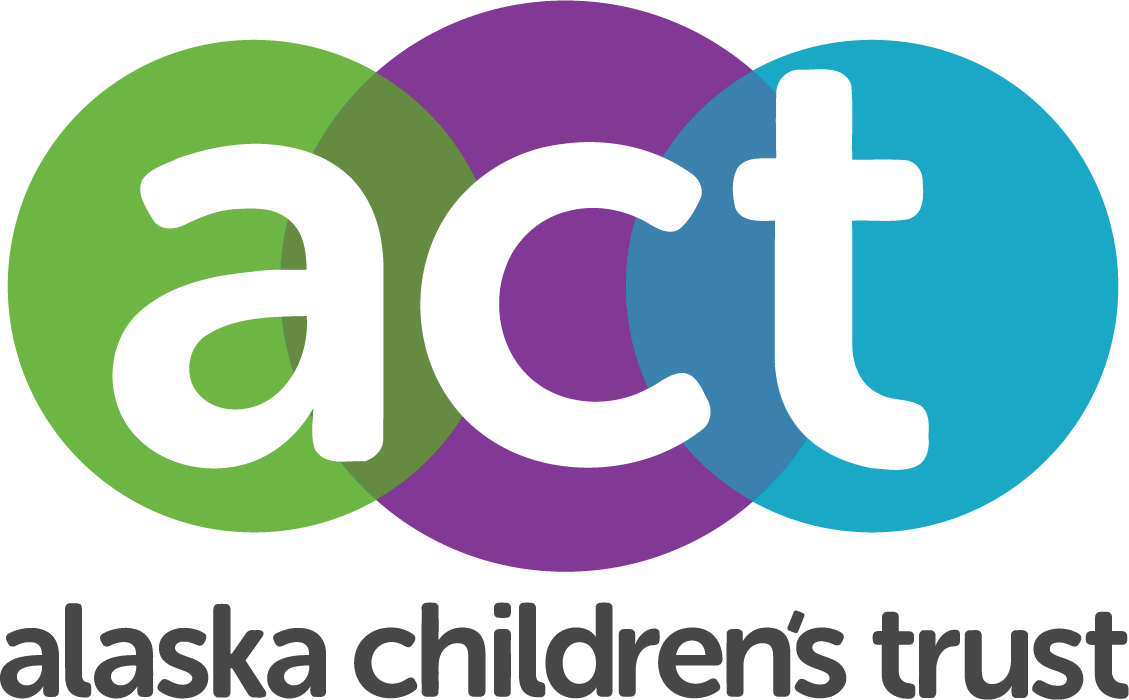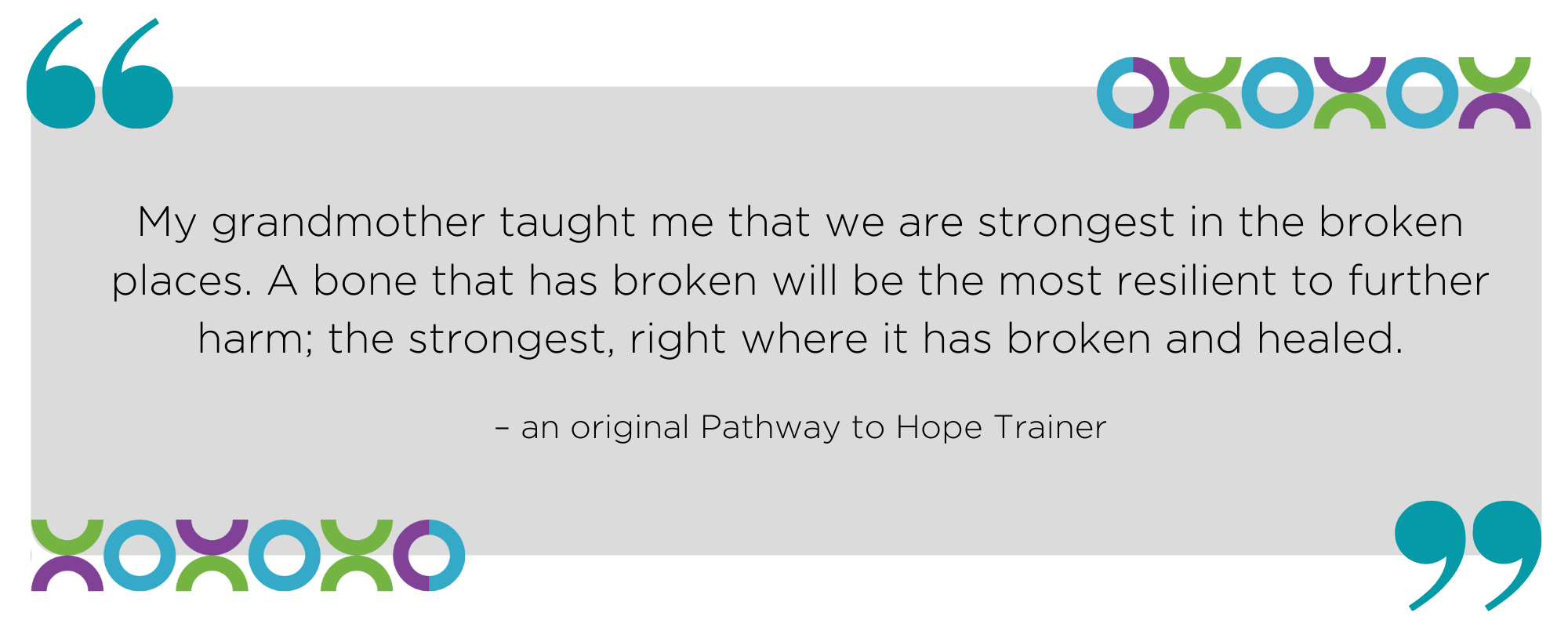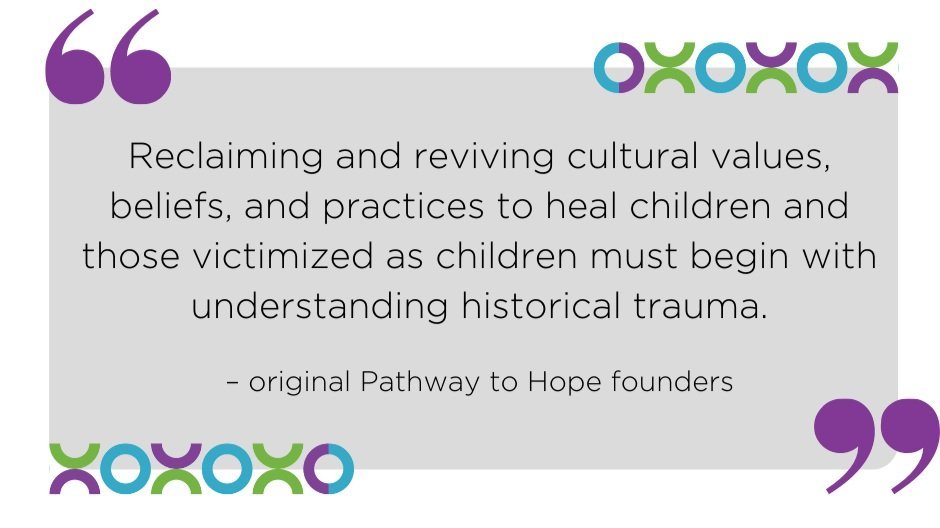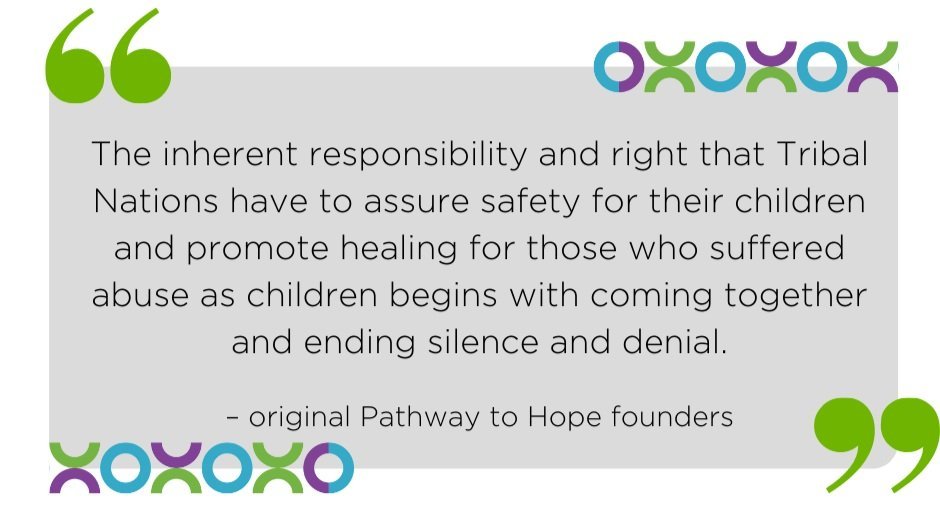Pathway to Hope: An Indigenous Model to Prevent Child Sexual Abuse and Heal Unresolved Historical Trauma
Child sexual abuse (CSA) can be a difficult topic to talk - or even think - about. No one wants to consider the idea that their child, or a child they know, was sexually abused. But in Alaska, child sexual abuse is all too common. In 2018, 8% of Alaskan children who were confirmed victims of child abuse were sexually abused. ACT’s focus on Alaska Native children comes from a glaring disparity in child sexual abuse cases. Alaska Native children are 3.6 times more likely to be reported to the Office of Children’s Services on allegations of sexual abuse than non- Alaska Native or American Indian children and Alaska Native adults are 35% more likely to report experiencing abuse as a child compared to non-Alaska Native/ American Indian adults [1].
To understand this disparity, we must look to the past, as in Alaska Native communities today, CSA is inextricably linked to our history. Past traumas inflicted on Alaska Native people – like the residential boarding school system that ripped children away from their homes, families, and cultures and sent them to schools where they were routinely abused – have contributed to many of Alaska’s present-day public health issues, including high rates of CSA. When we fail to address historical injustices, past harms bleed into the present and risk harming future generations as well. To stop that bleeding, we need to promote community-wide healing. And we need to go even further and focus on upstream prevention to prevent harm before it ever occurs. ACT’s project Pathway to Hope accomplishes both aims, and is what we believe can make the difference for today’s children and for children in the future.
Pathway To Hope
Very few existing programs directly confront the role of historical trauma in today’s public health crises. Pathway to Hope (PTH), however, does just that. As the original founders wrote, “Reclaiming and reviving cultural values, beliefs, and practices to heal children and those victimized as children must begin with understanding historical trauma.” Initially developed by Diane Payne at the Tribal Law and Policy Institute beginning in 2004, PTH helps Alaska Native communities “break the silence” surrounding CSA.
PTH recognizes that best, most sustainable prevention frameworks will be generated by community members, not outsiders; that’s why Pathway to Hope utilizes a train-the-trainer model to empower Alaska Native communities to address CSA. In each community selected to participate in PTH, two “community facilitators,” who will receive training and education on CSA prevention, will lead the process. Those community facilitators will work with their larger communities to develop and implement community action plans to address CSA and promote healing.
While PTH is deliberately flexible to best serve communities’ unique needs, community facilitators will begin their work by conducting community readiness assessments to understand community-wide perceptions of and readiness to address CSA. Facilitators will then use the information gained in these assessments to develop action plans tailored to their readiness level. During the training process, facilitators will learn about a variety of strategies – from educational workshops to traditional Alaska Native healing practices – they can use in their communities.
The original PTH program was active from 2007 through 2013, in which time it trained more than 450 community facilitators in five US states and Canada [2]. Unfortunately, due to lack of funding and the passing of program founder Diane Payne in 2019, PTH is no longer active. ACT’s revitalization of PTH will help more communities implement this important program.
To best evaluate the program’s success, ACT began implementing PTH in two Alaska Native communities in 2022. At the same time, ACT developed a new version of PTH that can be used by other, non-Alaska Native BIPOC communities. PTH’s flexible, community-led approach makes it easily adaptable to other cultural contexts and ACT believes this program can make an impact in a diverse array of Alaskan communities.
The revitalization of PTH will give Alaskan communities an Indigenous- developed, culturally relevant tool to address CSA. As the founders of PTH wrote in 2014, “The inherent responsibility and right that Tribal Nations have to assure safety for their children and promote healing for those who suffered abuse as children begins with coming together and ending silence and denial.” We believe Pathway to Hope will do that and more, setting Alaska on the pathway to health and healing for the next seven generations.
References:
[1] Danielle Rittman MPHa, b, Cathy Baldwin-Johnson MDc , Jared Parrish PhDb, “Dispelling Myths about Child Sexual Abuse among Indigenous People,” ALCANlink, (2019).
[2] Diane Payne, “Pathway to Hope: A Tribal Community-Based Empowerment Curriculum to Heal Child Sexual Abuse,” APSAC Advisor, no. 1 (2014), 5.



